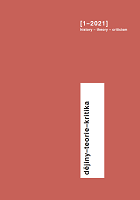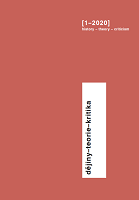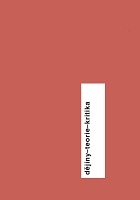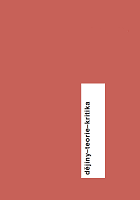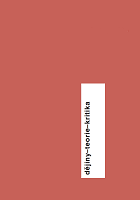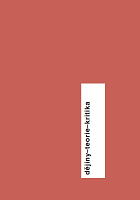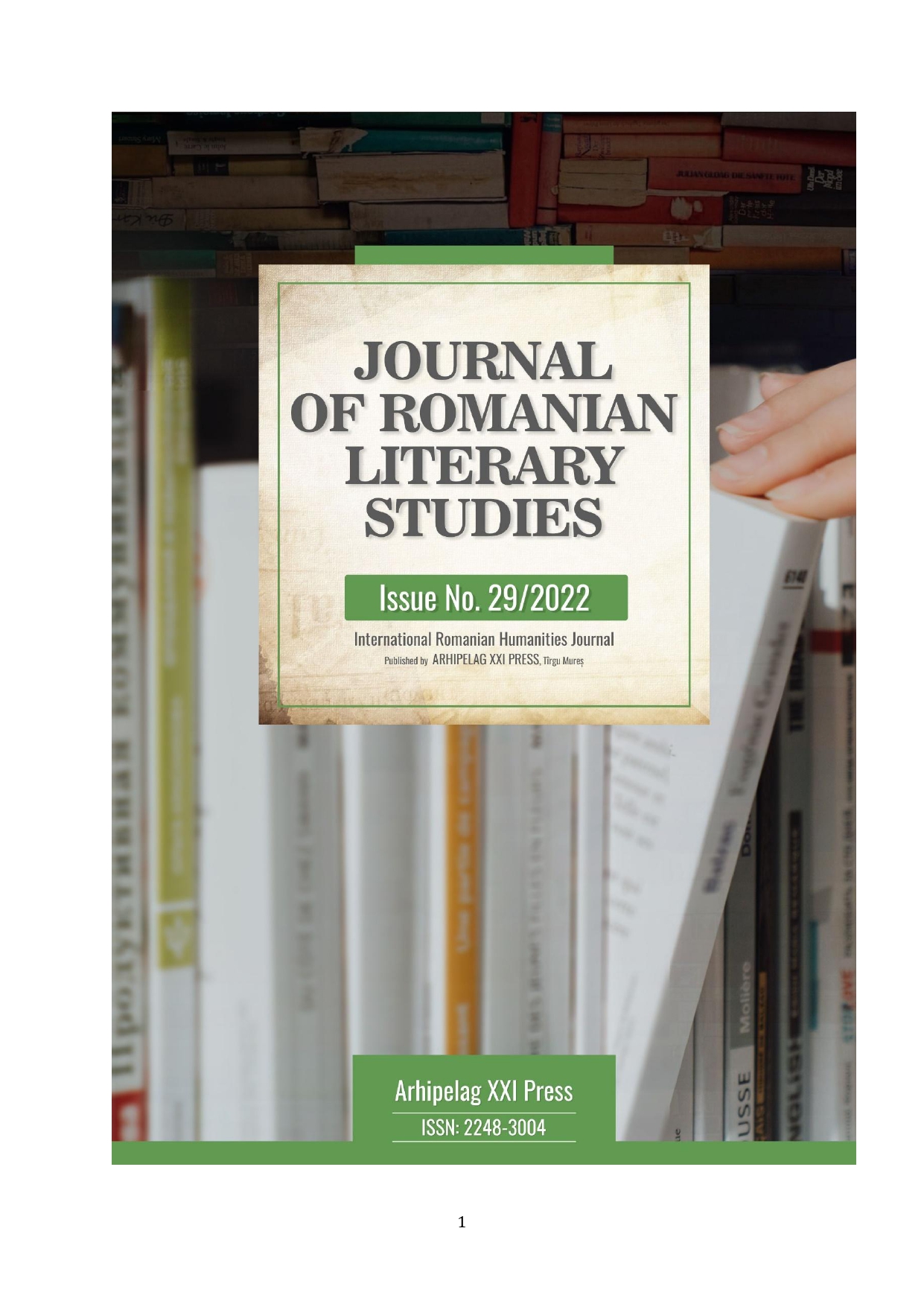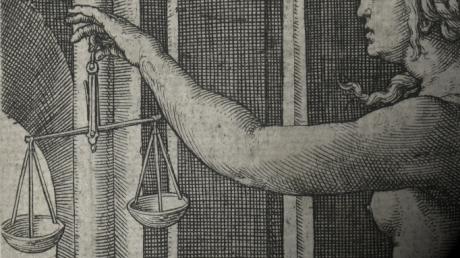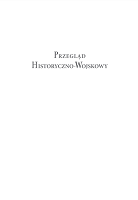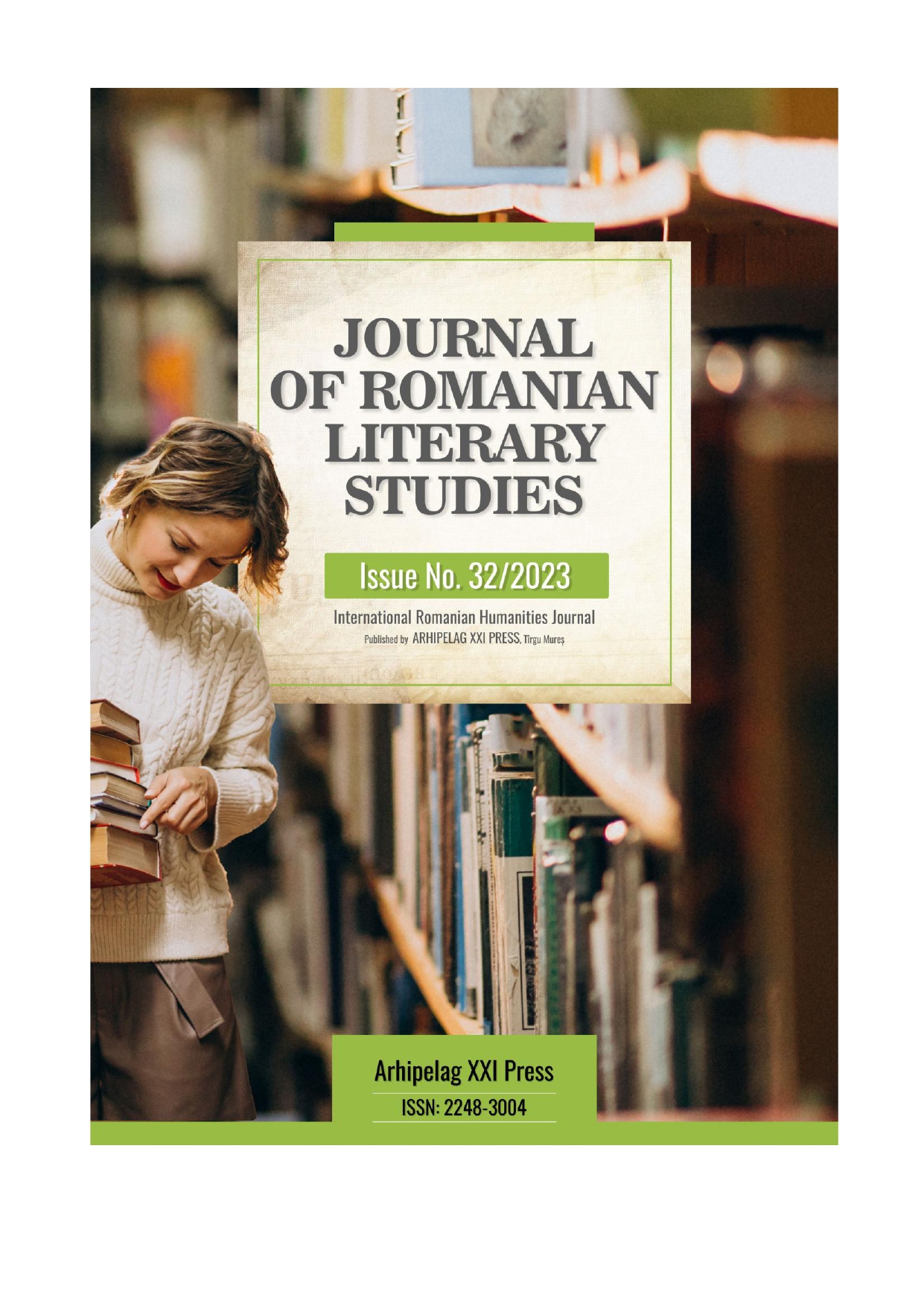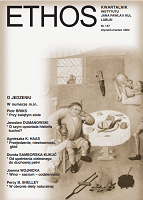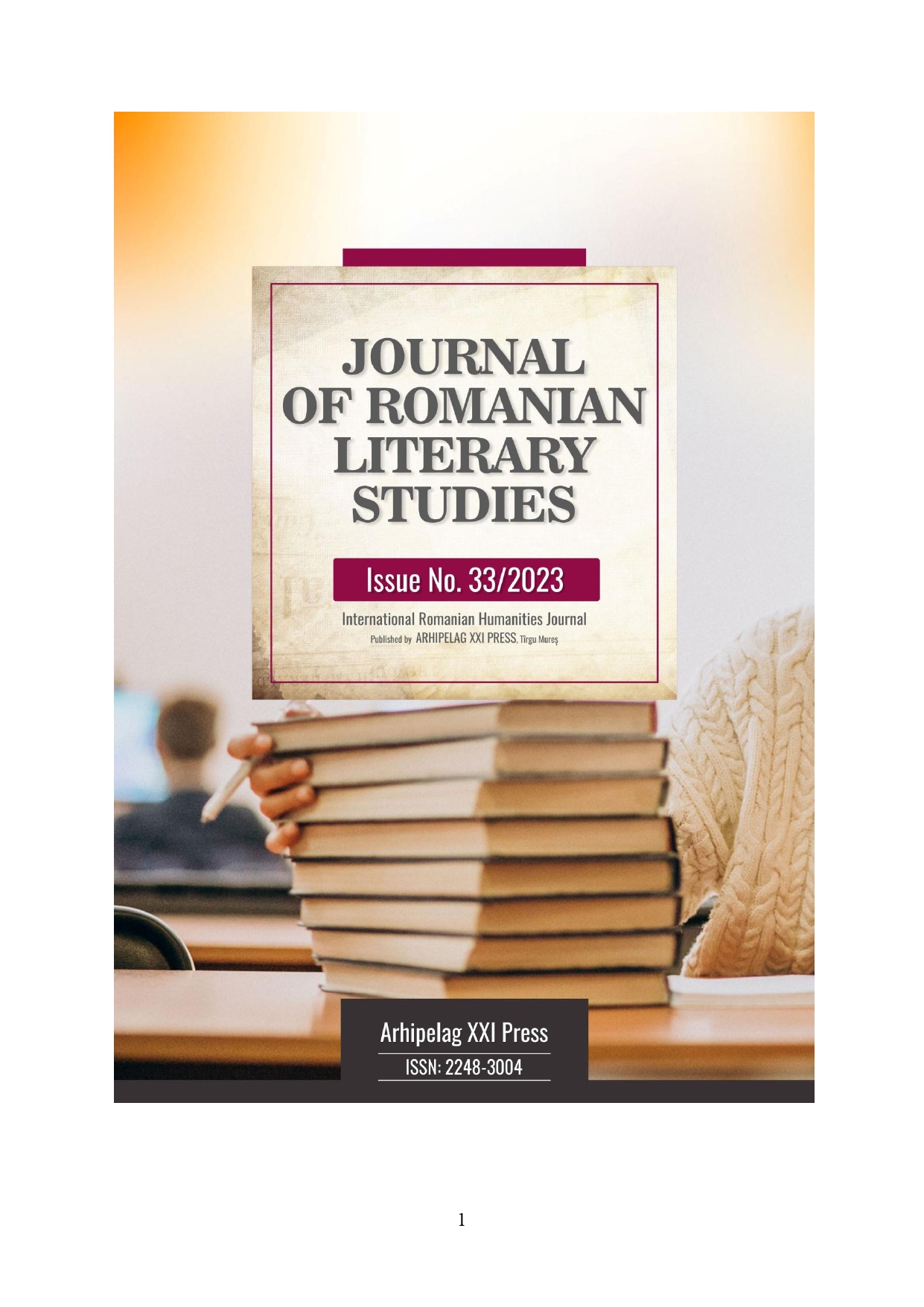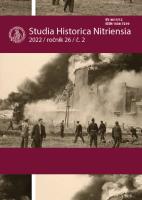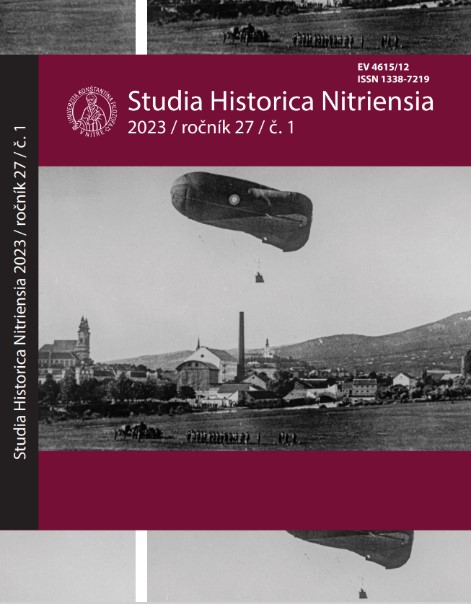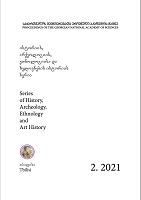
მეფე ერეკლე II და მისი შიდა პოლიტიკა
The Treaty of Georgievsky concluded with the Russian Empire by King Erekle II of Kartl-Kakheti became the subject of my interest and study once again. This fact has become a topic of observation precisely for the reason of finding out whether signing a treaty with Russia was the only way to change the foreign political vector. Accordingly, I will discuss with which countries King Erekle II considered relations with Russia as an alternative and what internal and external factors led to his final decision. After comparing the documents found in the National Archives of Georgia and the studies substantiated by scientists, it was determined that Erekle II was not focused on only one country and conducted flexible diplomacy. In addition to Russia, he tried to get help from other countries, for example: he turned to the emperor of Austria, as well as the king of France, the governments of Sardinia, Naples and Venice. The article discusses what components determined the conquering policy of the Russian Empire based on the importance of the Silk Road and why its section passing through the Caucasus was the most important for the actors of the world at that time. Erekle II precisely selected the main actors who could maintain and develop the Silk Road and thereby economically strengthen Georgia.
More...
